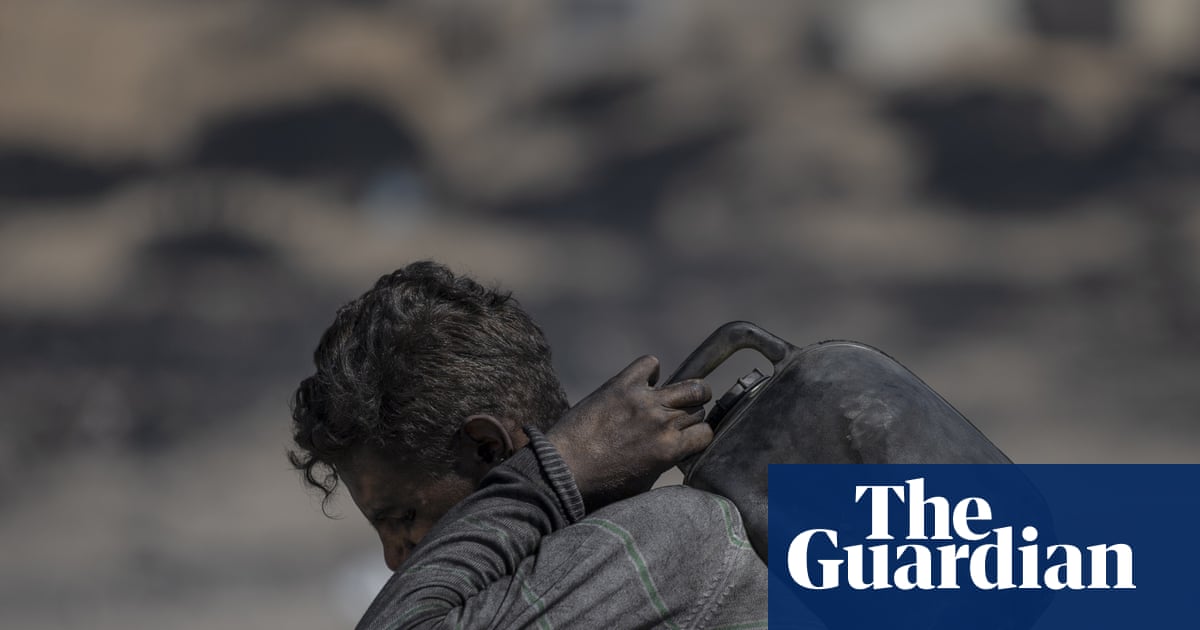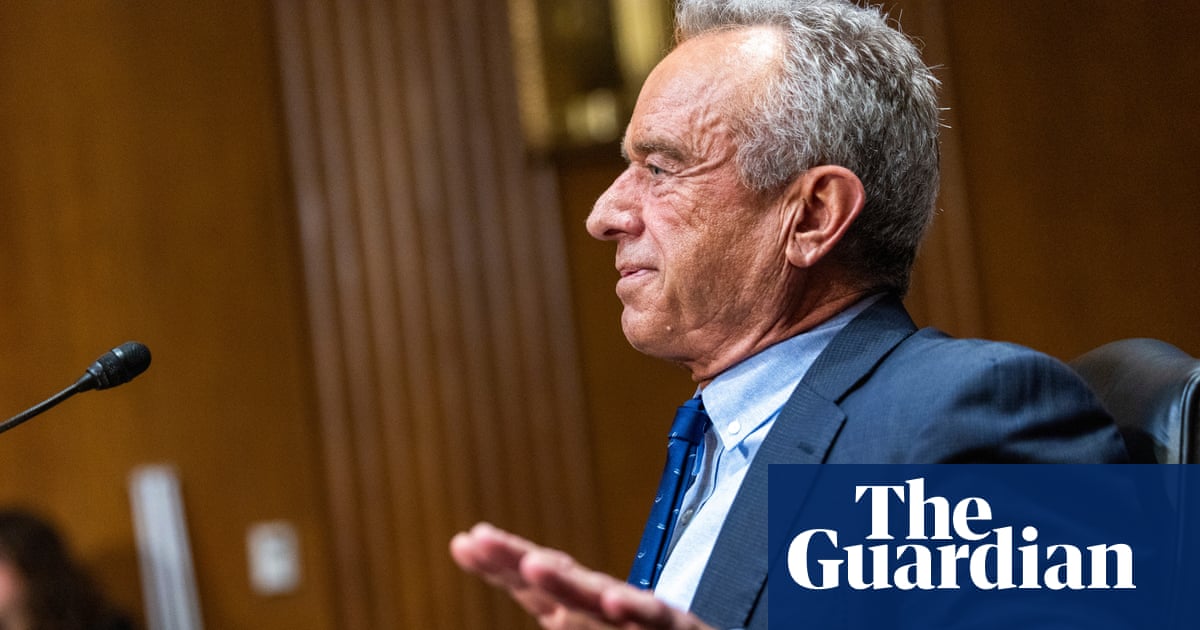EDITOR’S NOTE: Shift Your Mindset is an occasional series from CNN’s Mindfulness, But Better team. We talk to experts about how to do things differently to live a better life.
“Go with your gut” is a decision-making directive taught from an early age. But can intuition provide insights that guide more than just individual “should I, or shouldn’t I?” choices? Might intuition’s wisdom hold secrets on how to navigate the biggest global crises humans have ever faced?
Hrund Gunnsteinsdóttir thinks so. In her new book, “InnSæi: Heal, Revive and Reset With the Icelandic Art of Intuition,“ the Icelandic sustainability leader explains that honing our capacity for intuition helps us understand our interconnectedness, raising our awareness of the harm we’re doing to the planet.
The book “InnSæi: Heal, Revive and Reset With the Icelandic Art of Intuition" explores how honing your intuition can help you understand your interconnectedness with the planet. - HarperOne/HarperCollins Publishers
Tuning in to your inner world can unleash the creativity and imagination necessary for us to collaborate on building a sustainable future, Gunnsteinsdóttir writes. Like a muscle, intuition can and should be trained, she argues, and her book explains how.
This conversation has been edited and condensed for clarity.
CNN: What is “innsæi”?
Hrund Gunnsteinsdóttir: If you look up “innsæi” in an Icelandic dictionary, you’ll see it defined as intuition, but the word signifies something greater as well.
I coined “InnSæi,” with a capital I and a capital S, upon realizing that this beautiful Icelandic word puts together so much wisdom, encompassing three meanings that poetically capture the nature of the world within us: “the sea within,” “to see within” and “to see from the inside out.” This inspired the title of the 2016 documentary film “InnSæi: The Power of Intuition,” which I codirected.
Breaking this word into its component parts — “inn” (“inside” or “into”) plus “sæi“ (derived from “to see” but also evoking “sær,“ the word for “sea”) — provides a framework for understanding what intuition is, where it comes from and how it develops over time.
“The sea within” refers to the flow of our unconscious mind, a world of imagination, vision, sensing and emerging that works much faster than our focused mind — especially when we’re bombarded with information, distractions and insecurities. When we lose sight of the flow of life, we’re less able to connect the dots and see how everything is interconnected.
“To see within” means to be self-aware enough to see your own thought processes from a bit of a distance. It also points to knowing yourself well enough to witness your own creativity, core beliefs and humanity, including your imperfections, strengths, biases, fears and vulnerabilities. This awareness helps you live more authentically as well as fostering empathy for others who share the same complex humanness.
“Seeing from the inside out” means alignment with a strong inner compass, rooted in your values, intuition and higher self, that guides you along the path of your life. Navigating by “InnSaei,” which combines all three of these meanings, changes the way you connect with yourself, other living beings and the Earth.
Intuition can and should be trained — just like a muscle, author Hrund Gunnsteinsdóttir says. - Saga Sig
CNN: How does “InnSaei” relate to intelligence?
Gunnsteinsdóttir: After many years of research and hands-on work with these ideas in academia, the arts and the business world, I see intuition as fundamental to our intelligence, crucial to the ability to reason well. Our greatest thinkers — Nobel laureates and people we call geniuses — make their big leaps because they can switch between analytical thinking and intuition.
Although we may not be conscious of it, intuition plays a powerful role in how we show up, decide, think, wonder, relate and navigate the world. Focusing on “InnSæi” helps us reframe our understanding of intuition because it holds space for what we now know from science, practice and spiritualism, helping us harness intuition intellectually, spiritually and emotionally. Honing intuition is critical, especially in today’s world of noise and AI. It helps us see what we can’t usually see and hear what we cannot usually hear.
READ MORE: Mastering your intuition
CNN: How can we distinguish the voice of intuition from our fears and biases?
Gunnsteinsdóttir: We are so eager to receive guidance from others, yet we are the only people in the world who can be experts in our own intuition. I don’t know a better way get to know yourself than through journaling. Stream-of-consciousness writing can help unearth what’s going on in your mind and body outside of your awareness.
I recommend attention journaling, which starts with a very simple, yet super-powerful instruction: Pay attention to what you pay attention to and document it in your journal. Attention journaling collects snapshots from your mind. You’re shopping at the food market and notice the energy of the person beside you at the till. Later, you write in your journal, “The energy of the person next to me was. …” You don’t even have to explain it. You just notice it. What we pay attention to brings certain things into life while others recede, but rarely do we notice what we notice. This practice provides information about what we’re allowing into our system — what’s informing and shaping us, mostly unconsciously — and helps to clear space in our minds.
CNN: What else can help hone intuition?
Gunnsteinsdóttir: With practice, we can become more selective about the thoughts we allow ourselves to think. As the thinkers of our thoughts, we have a lot more power than we realize. A practice I call “Catch Your Thoughts” is rooted in research showing that humans have around 6,200 thoughts per day, assuming eight hours of sleep and discounting any thoughts during that time. We often fail to notice many of the noisy thoughts we have buzzing around. Try jotting down your thoughts in a journal. No need to describe them in detail, just write them down.
This practice can help us unravel patterns, realizing things like, “Oh my God, I’m in a loop. How many minutes a day do I spend on this thought? Is this a recurring fear? Is it someone else’s voice in my head or a genuine gut feeling?” Over time, you can better differentiate between intuition and other internal signals.
Give yourself the gift of journaling because attending to the mind also helps you tap into your body. Too often we dismiss the depth of human intelligence embedded in the body, which often picks up information before your conscious mind. We also forget that the main job of the brain — just a small part of the body — is not to think but to keep the heart beating and the lungs breathing.
When we allow our heads to fill with noise, we take energy away from the brain’s ability to work with the body. If we lessen that noise, the brain is also better able to help us be mindful of what we see and hear and sense and to access creative genius. That is when we start to come home to ourselves.
CNN: Investing time and effort into connecting with your inner sea might seem self-centered. How could honing one’s own intuition make the world better?
Gunnsteinsdóttir: We are part of nature, and nature is part of us. Research shows that spending time in green spaces calms the nervous system and reduces stress. Other recent research reveals the effects of our growing disconnection from nature over the past 200 years, and how that affects us and impacts how we talk about nature and each other.
Cultivating a connection with our inner selves — neurologically, spiritually, emotionally — helps us innately sense, feel and understand human and planetary interconnectedness. Reconnecting with the beauty, awe and wonders of life within and around us informs our senses, perceptions, thoughts and actions as well as improving our well-being.
CNN: How does that connect to the climate crisis?
Gunnsteinsdóttir: The state of the climate is a manifestation of our neglecting our internal lives and of the belief that we are separate from the natural world. The change the world needs now starts from within us.
If we were all grounded in “InnSæi,” the world would look so different. We would know in our bones, hearts and heads that exhausting Earth‘s resources is neither good for business nor for our survival.
Collectively, we have the resources, technology and scientific knowledge to do what‘s right when it comes to sustainability. Intuition is key to innovation, insights and visionary leadership. And it spurs us to act with more courage.
Jessica DuLong is a Brooklyn, New York-based journalist, book collaborator, writing coach and the author of “Saved at the Seawall: Stories From the September 11 Boat Lift” and “My River Chronicles: Rediscovering the Work That Built America.”
Get inspired by a weekly roundup on living well, made simple. Sign up for CNN’s Life, But Better newsletter for information and tools designed to improve your well-being.
For more CNN news and newsletters create an account at CNN.com

 German (DE)
German (DE)  English (US)
English (US)  Spanish (ES)
Spanish (ES)  French (FR)
French (FR)  Hindi (IN)
Hindi (IN)  Italian (IT)
Italian (IT)  Russian (RU)
Russian (RU)  5 hours ago
5 hours ago

























Comments